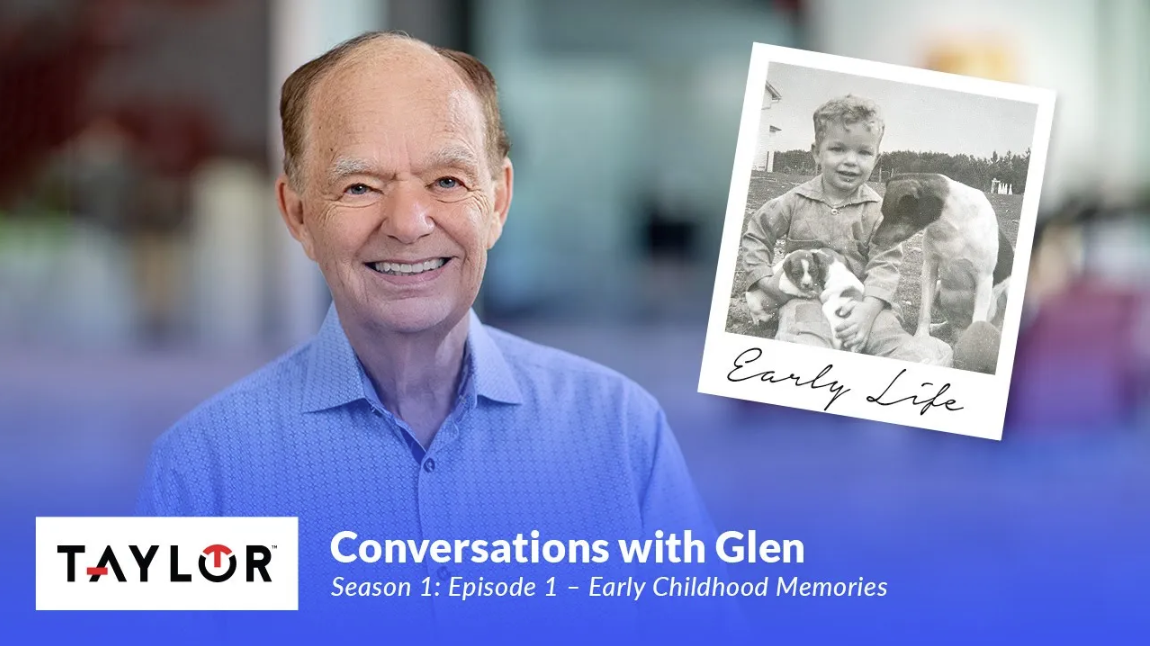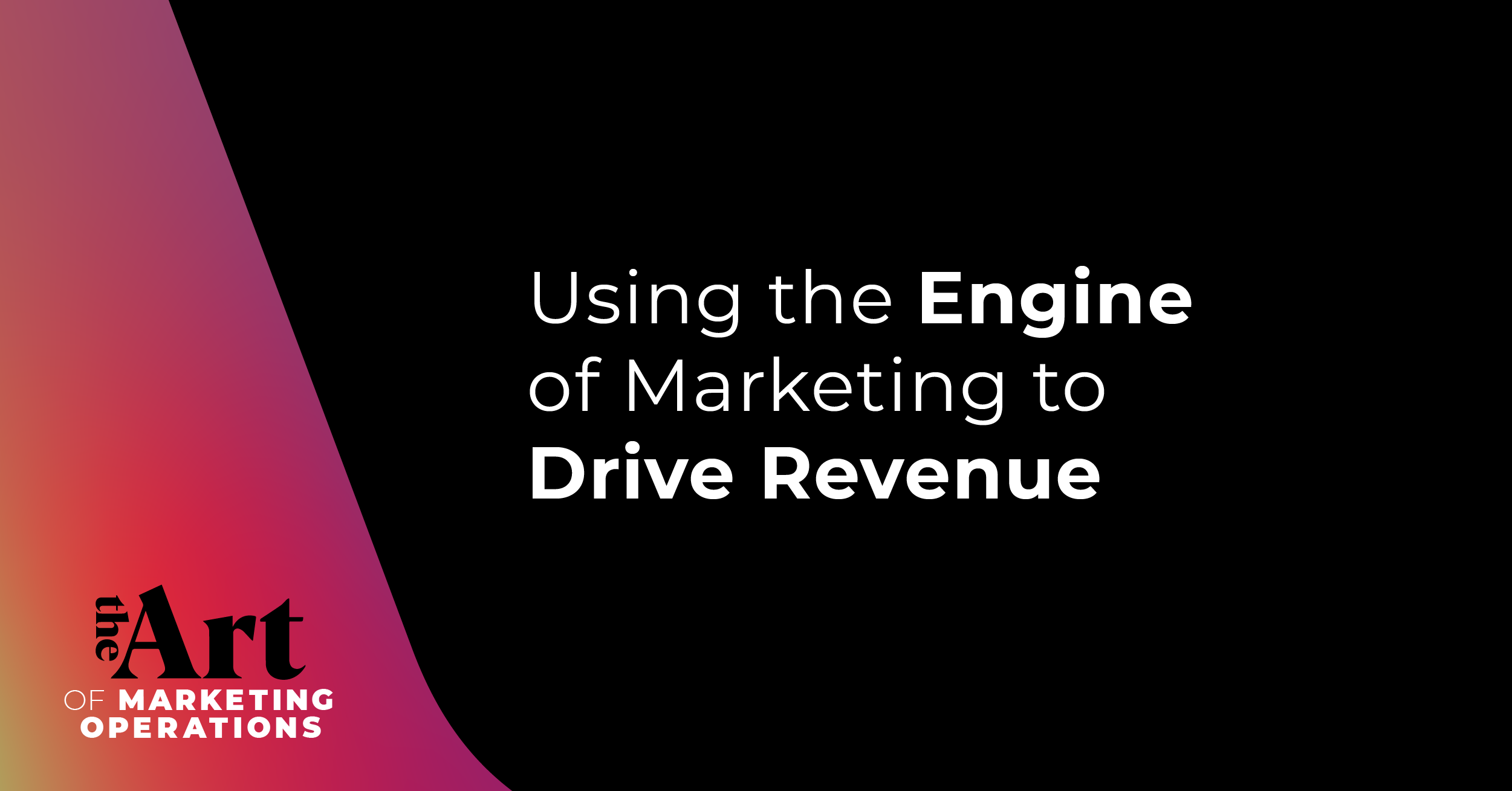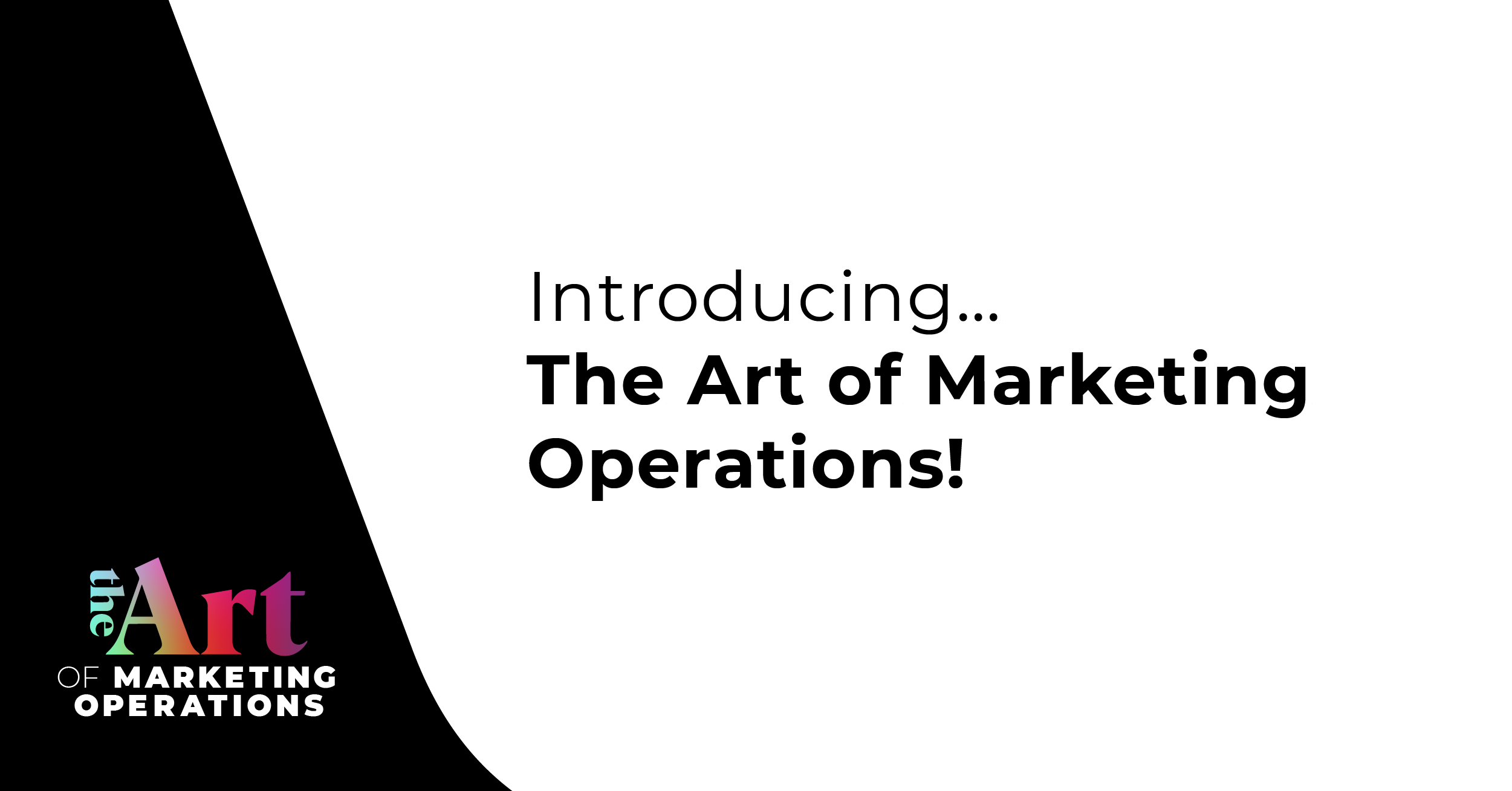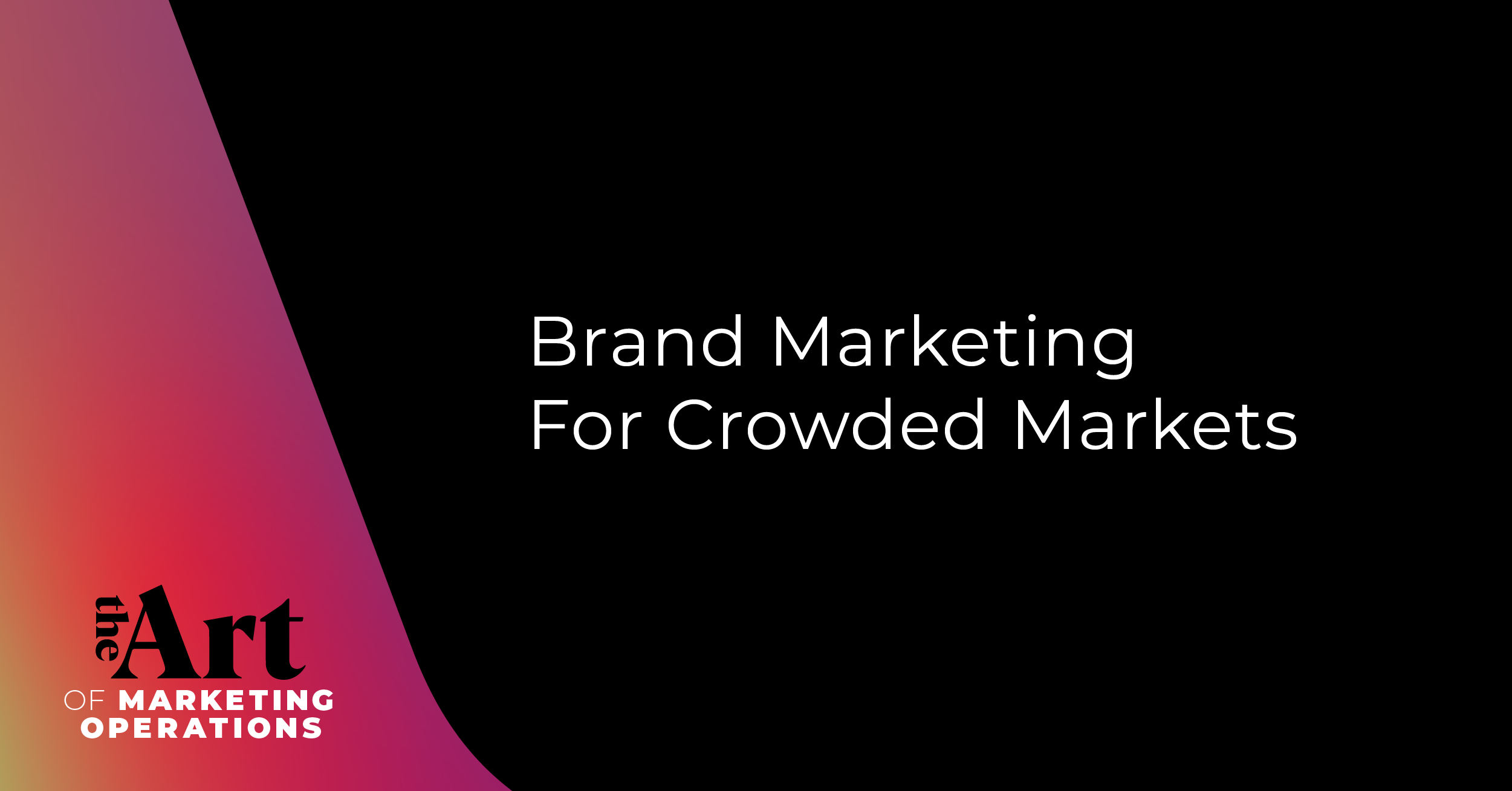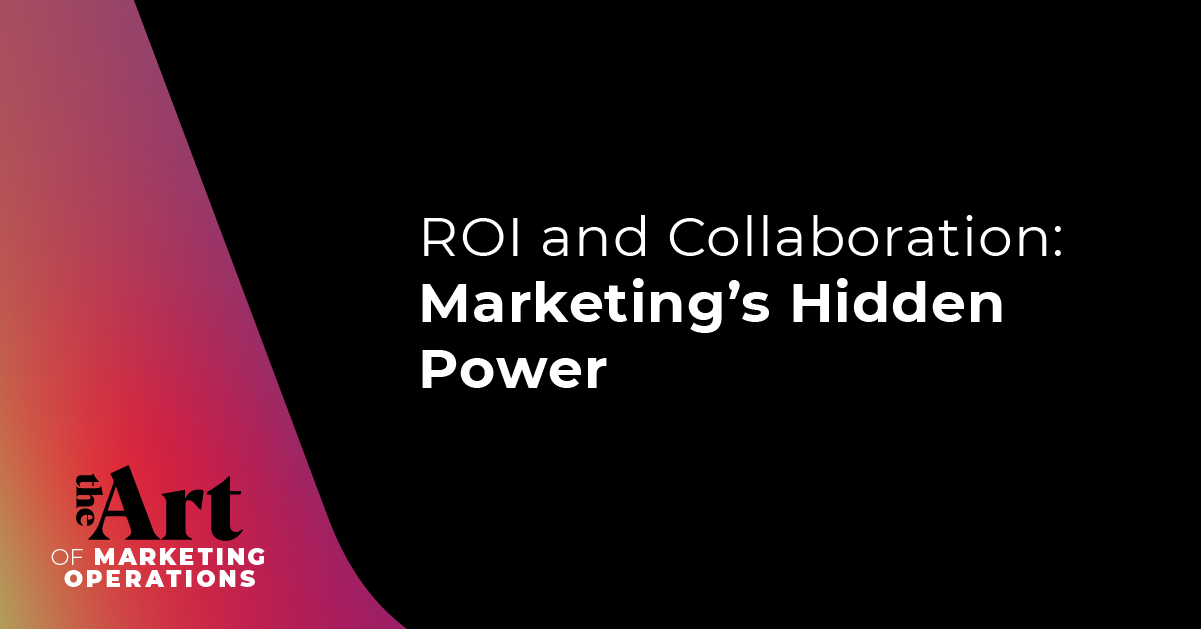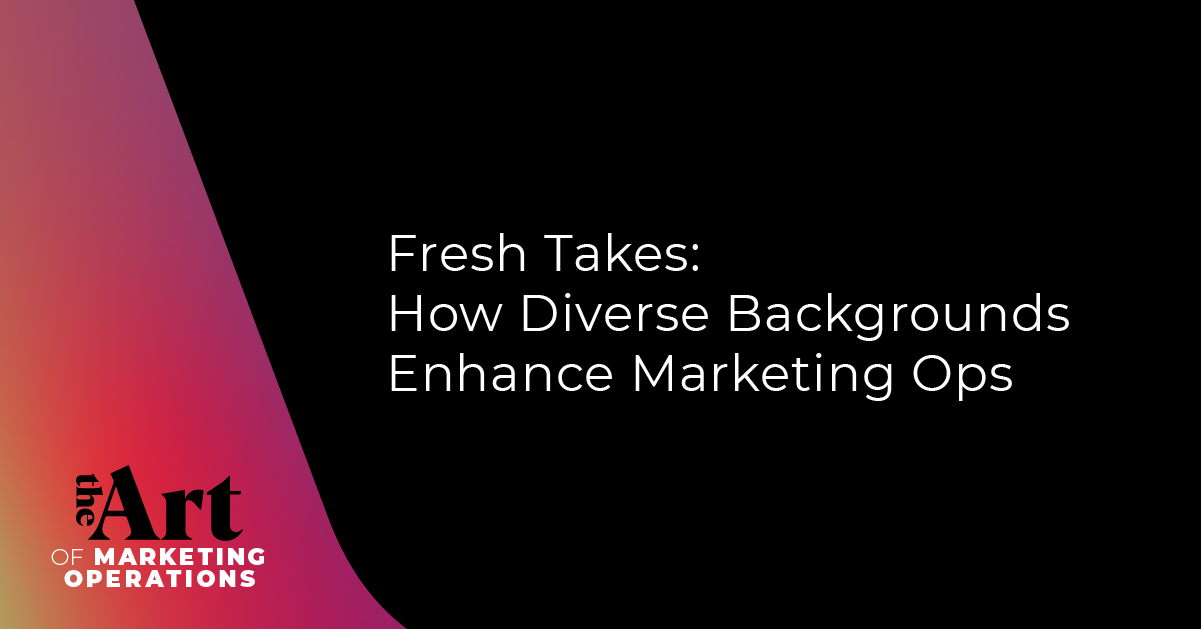Want to eliminate the guesswork in marketing? Stop believing everything you think. Your predispositions, previous experiences and knowledge may actually be holding you back from your best messaging and positioning.
This is the mindset embraced by this episode’s guest, Patrick Strother, Founder and Chief Marketing Officer of Strother Communications Group. The more experience you have, the more tempting it is to borrow from a past success or assume you know the intricacies of the existing market. The key to marketing success? Staying humble and giving the market respect by allowing it to guide your approach.
Join us as we discuss:
- The importance of staying grounded in market insights and buyer behavior
- Building trust, differentiating and standing out in a competitive market
- Balancing the art and science of marketing
The importance of staying grounded in market insights and buyer behavior
Having been a marketing consultant for countless years, Patrick has seen his fair share of diverse strategies, initiatives and challenges. When reflecting on the key lessons he’s learned over the years, there’s one major takeaway Patrick returns to: don’t believe everything you think.
“The more experience you have, the more tempting it is to try and borrow from a past success,” Patrick says. “It’s really important to stay humble and allow the market to guide how you actually approach it.”
When you sell a product or service, the market is everything. Given there would be no success without market buy-in, Patrick says the market should provide key insight into every decision you make. By giving the market the respect it deserves and allowing it to guide how you design your messaging and positioning, your organization is more likely to find overall success.
The best way to tap into market insights is to invest in understanding your buyer on a deep level, from their driving purchasing motivations to day-to-day behaviors. Once you understand buyer behavior, you can adapt marketing and communications to better meet buyer needs and expectations, ultimately fostering an ever-important foundation of trust between buyers and sellers and buyers and companies.
Building trust, differentiating and standing out in a competitive market
This foundation of trust is far from a nicety — it’s vital for standing out in the sea of competition in today’s crowded market. Where people once purchased products and services solely for the benefits and solutions they provided, trust is now more important than ever in sealing a deal, particularly as we navigate through a turbulent economy.
Throughout his experience, Patrick has found that this lack of trust is the number one barrier between large companies and large-scale growth.
In the past, Patrick and his team have created a solution for businesses struggling to build trust by creating a Resource Center that answers prospect questions and offers social proof. In one case, Costco called a client of Patrick’s to ask whether or not their solution could handle a large-scale application. Upon reflecting on the Resource Center, the leaders at Costco were drawn to the client’s existing partner of Target — their questions were answered before they could even ask aloud.
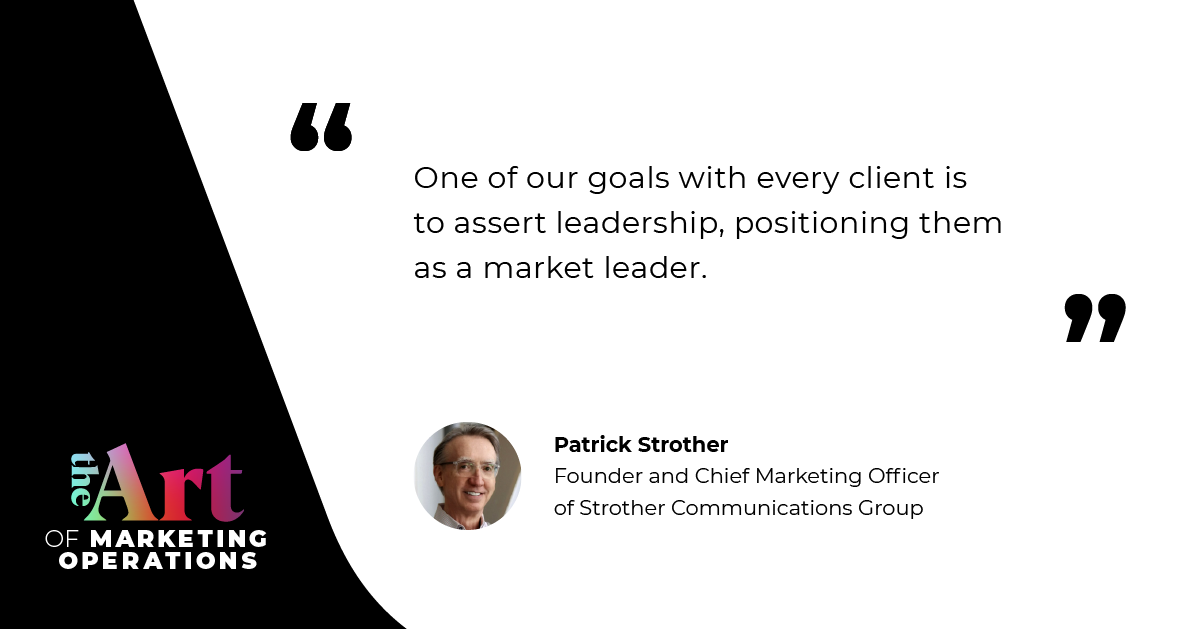
“We're creating an array of information that allows any potential prospect to self-select their own fulfillment,” Patrick says. “The precision with which they can identify and solve their own need allows prospects to go from essentially unaware, slightly aware, to interested.”
While trust can be built using several methods, Patrick’s approach relies on building transparent infrastructure and proof of concept, so that by the time a prospect books a call, the most pressing questions have been answered, ultimately accelerating the buying process and positioning each of Patrick’s clients at market leaders.
Balancing the art and science of marketing
Successful marketing requires finesse — walking the line between a strong core of data and customer insights and creative, attention-grabbing initiatives, marketing is unique in that it requires both art and science.
One major way science must be incorporated into marketing is by understanding buyer motivation. Broken down into specific data points, building knowledge and cohesion between what customers want and expect and what your business executes will help to drive marketing efforts to connect with the right audience at the ideal time.
Patrick suggests using the following method:
- Determine the top 10-12 motivating factors for buyer purchasing decision-making.
- Narrow it down to the most 3 important factors.
- Survey or analyze existing and prospective buyer perceptions and experience of your business. Determine the main assumptions and attributes these buyers assign to your organization.
- Assess alignment — does your execution align with the top motivating purchasing factors?
Once you have determined what your buyer’s motivation is for purchasing, you can assure execution alignment. If your company is not performing according to what your prospects expect or need, it’s time to adapt.
Practices like this are not a one-time exercise. Organizations should regularly assess whether or not they are delivering on promises, and whether those promises align with buyer expectations.
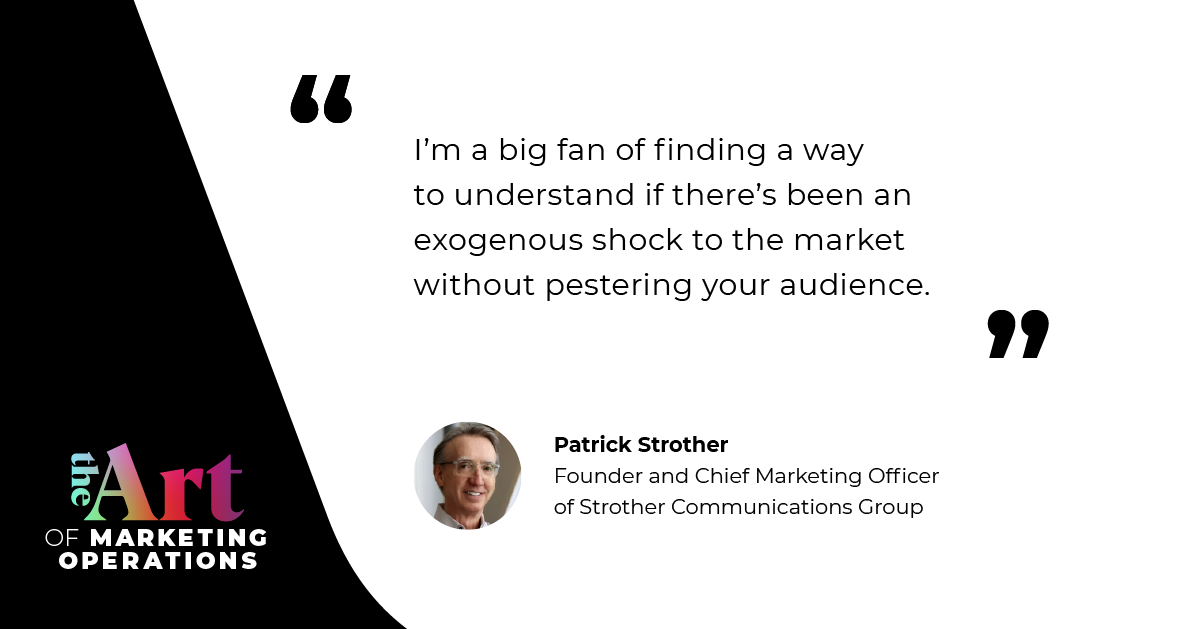
The last several years have been challenging. From an increasingly competitive landscape to uncertainty in the economy, marketers have had to adapt strategies as driving motivators have shifted.
Once your organization has a solid grasp on the data behind your buyer’s decision-making process needs and preferences, marketing can step in with creative assets and connect with laser focus. According to Patrick, a unique approach to touchpoints can be the determining factor for success.
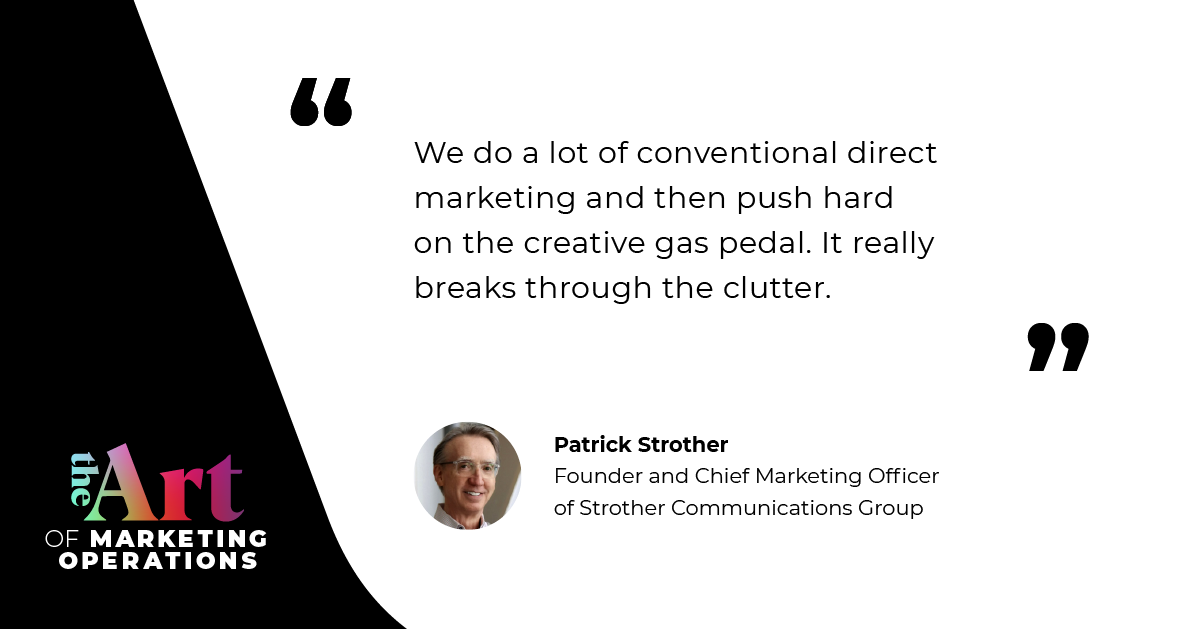
To best leverage outreach, you first need to understand the competitive landscape. Ask yourself:
- What sets your company apart from the competition?
- How is your competition connecting with buyers?
- What would be a fun, unusual way to connect with prospects?
- How can you inject creativity into your marketing in alignment with your growth strategy?
- How can you be different?
Patrick says using direct marketing can be a great option. “It’s kind of like sending a fax,” he says. “Your prospect will go, ‘What are they doing?’ but all of a sudden it’s in their mailbox. We found that it really breaks through the clutter.”
In one case, Patrick was supporting a porta-potty company. In the face of negative remarks, Patrick and his team put together a direct mail campaign that utilized scratch-and–sniff to advertise the new scents the company was offering. To the surprise of competitors, Patrick’s client saw astounding results, quickly selling out.
“The thing I like most about this business is the creative aspect of it,” Patrick says. “An idea can work better than a competitor that’s outspending you. And so much of that is properly formulated by having a deep understanding of what's important to the market, and not assuming or guessing.”
Want to learn more about balancing the fine line between art and science to achieve the best possible results in marketing? Listen on Spotify, Apple Music, or wherever you find your podcasts.


